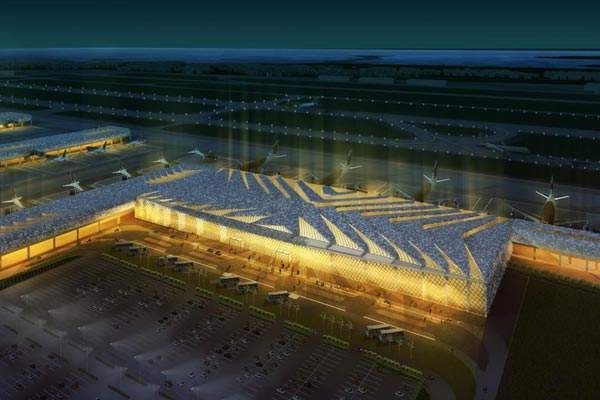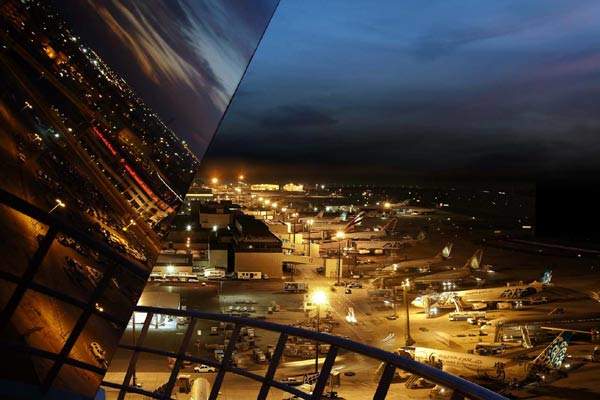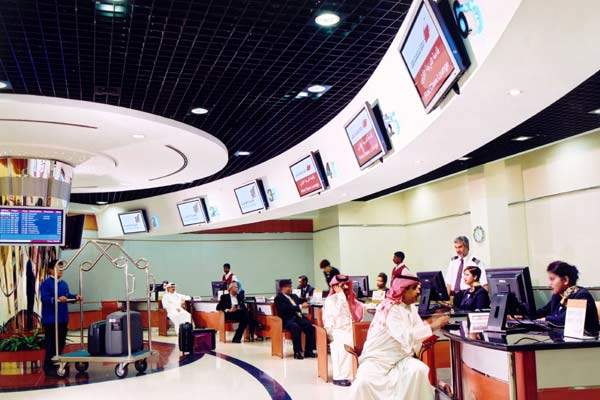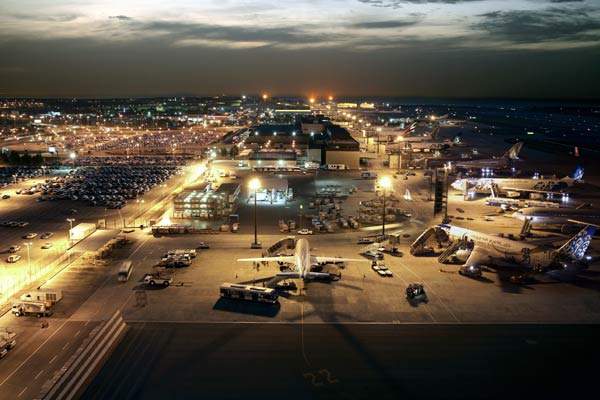Located in the northern Gulf, Bahrain International Airport is one of the Middle East’s key hub airports. In recent years, the airport witnessed a spurt in passenger growth. To cater for the increasing demand, the airport undertook a BD126m expansion programme in 2006. The expansion included the reconstruction of the existing terminal. In 2008, the plan was revised to include construction of a new VIP terminal and an airport centre.
The three-phase expansion will enable the airport to handle 45 million passengers a year. The first phase of the expansion was commissioned in 2008.
Masterplan
The first phase of the expansion will increase the airport’s capacity to 15 million when it begins to operate in 2013. To be completed in 49 months, the expansion will double the size of the existing terminal and increase the number of airport stands and bridges. New features including check-in and immigration counters will be added. The baggage area will also be extended.
Phase two of the expansion will include the construction of the west side of the terminal to accommodate four to five additional Code C-type aircraft. Phase two will also include construction of a business and entertainment centre.
Contractors
The contract to carry out the expansion project was awarded to a consortium led by Jacobs Gibbs. The project’s design and construction documentation is being undertaken by Mohammed Salahuddin Consulting Engineering Bureau, a local consulting firm, in association with HOK architects. Jacobs will be providing all the engineering services for the terminal.
Terminal One
The 51,000m² Terminal One will be extended to 125,000m² towards the east. Sections of the airport will be linked by travelators.
The original terminal has three lounges on the upper level for first- and business-class passengers. Elevators connect the lounges to the departures area at Gates 15 and 16.
The first lounge offers a waiter service and has a separate family room and an electronic video games room. The other two lounges, opened in 2005, offer free Wi-Fi. They also have family rest rooms, shower facilities and satellite TV.
The terminal has banking and foreign exchange facilities, including Travelex and cash machines, along with duty-free shops and restaurants. Separate prayer rooms are available for men and women at both the arrivals and departures sections.
Baggage handling
The baggage handling system has a capacity to handle 3,000 bags. This will be expanded to 15,000 during the expansion. The area for baggage reclaim will be widened. Baggage will be screened through 80 check-in counters.
Airport stands
Construction of 18 airport stands will be taken up during the expansion to handle 64 aircraft at any given point of time. The stands will be designed to accommodate Code E, Code C and Code F-type of aircraft. Airbus A330 or A340 and Boeing 747 or 777 qualify for Code E.
The terminal currently has seven air bridges, which will be increased to 14. Two air bridges will be provided exclusively for the A380.
Parking
The airport has a car parking facility for 900 cars. To be expanded at a cost of BD20m, a four-storey facility will be capable to accommodate 3,000 cars. It will be directly connected to the main terminal. The facility will include shops, airline offices and cinemas.
ATC
An air traffic control tower was constructed in 2005. The 12-level tower is spread over an area of 5,000m². Built at a cost of BD2m, the tower accommodates seven air traffic controllers along with a supervisor.
Runway
A 2,600m-long and 45m-wide runway was constructed during an expansion in 2005. The runaway, built at a cost of BD8.9m, is the second runaway of the airport.
The main runaway of the airport has also been undergoing a renovation since 2006. Improvements to the 3,961m-long runaway include the addition of two 710m concrete runway terminals, an electrical substation and additional passages for pulling aircraft. Work on boundary fencing is underway and a lighting system is being installed. The lighting system will enable the aircraft to land from a visibility of 300m.





